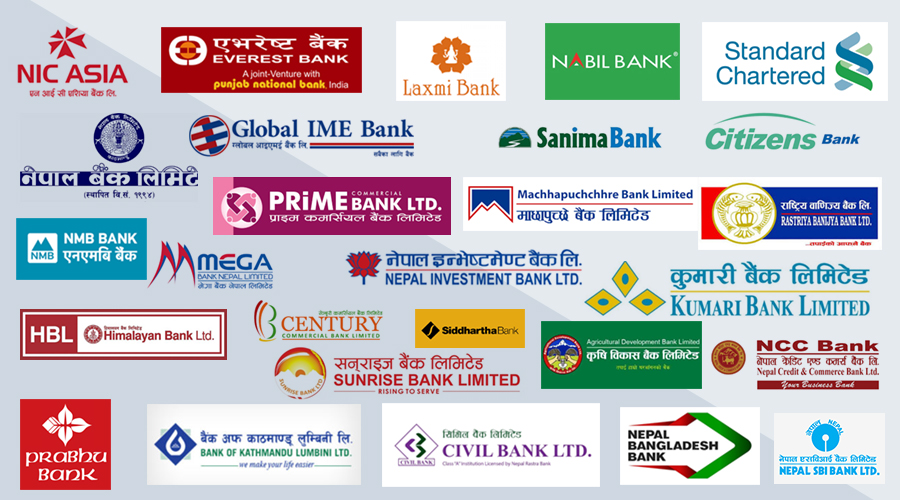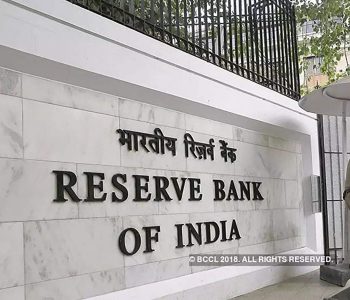Slow increase in lending sparks concerns amidst surging deposit collection

KATHMANDU: In a significant development, the credit-deposit (CD) ratio of banks and financial institutions (BFIs) in Nepal has fallen below 80 percent, triggering concerns about the economic landscape. According to data from the Nepal Rastra Bank (NRB), the CD Ratio stood at 79.94 percent as of Sunday, raising questions about the lending capacity of BFIs.
The central bank has set a ceiling of 90 percent on the CD Ratio for BFIs to ensure sufficient funds for providing loans to clients. However, recent trends indicate that while banks are accumulating substantial deposits, lending has not kept pace due to various reasons.
Prakash Shrestha, the executive director of NRB, highlighted, “Although lending increased somewhat in the past six months, it remains disproportionately lower in proportion to deposit collection.”
As of the fiscal year 2022/23’s conclusion, numerous banks surpassed the CD Ratio threshold, prompting the government and the central bank to implement measures to address the shortage of loanable funds and ease liquidity positions within BFIs.
In response to a surplus of loanable funds, BFIs have already reduced interest rates on fixed deposits to single digits from over 13 percent. Bankers anticipate a further reduction in deposit interest rates starting January 15.
The slow demand for loans, coupled with rising bad debts, has resulted in a significant decrease in lending by BFIs. A banker noted, “Investors are in a wait-and-watch mode for new loans, while banks focus on recovering bad debts rather than facilitating loan issuance.”
Banks are facing heightened challenges in recovering increasing bad debts, attributed to the current economic slowdown. Consequently, bank profits have declined by an average of 28 percent, and the return on equity has dropped to 8 percent from over 20 percent a decade ago.
Bankers emphasize that the lending capacity of BFIs has been affected as they struggle to maintain the mandatory capital adequacy ratio mandated by NRB. The central bank has urged BFIs to maintain a minimum of 11.5 percent of their risk-weighted assets in the capital adequacy fund.
“The pressure to recover bad debts and unexpected tax payments to the government for mergers and acquisitions have strained the banks’ capacity to maintain necessary amounts of the capital adequacy fund,” highlighted a banker.
Following a Supreme Court order, BFIs paid the government Rs 12.5 billion last month for settling income tax on profits and dividends related to mergers and acquisitions.














Facebook Comment